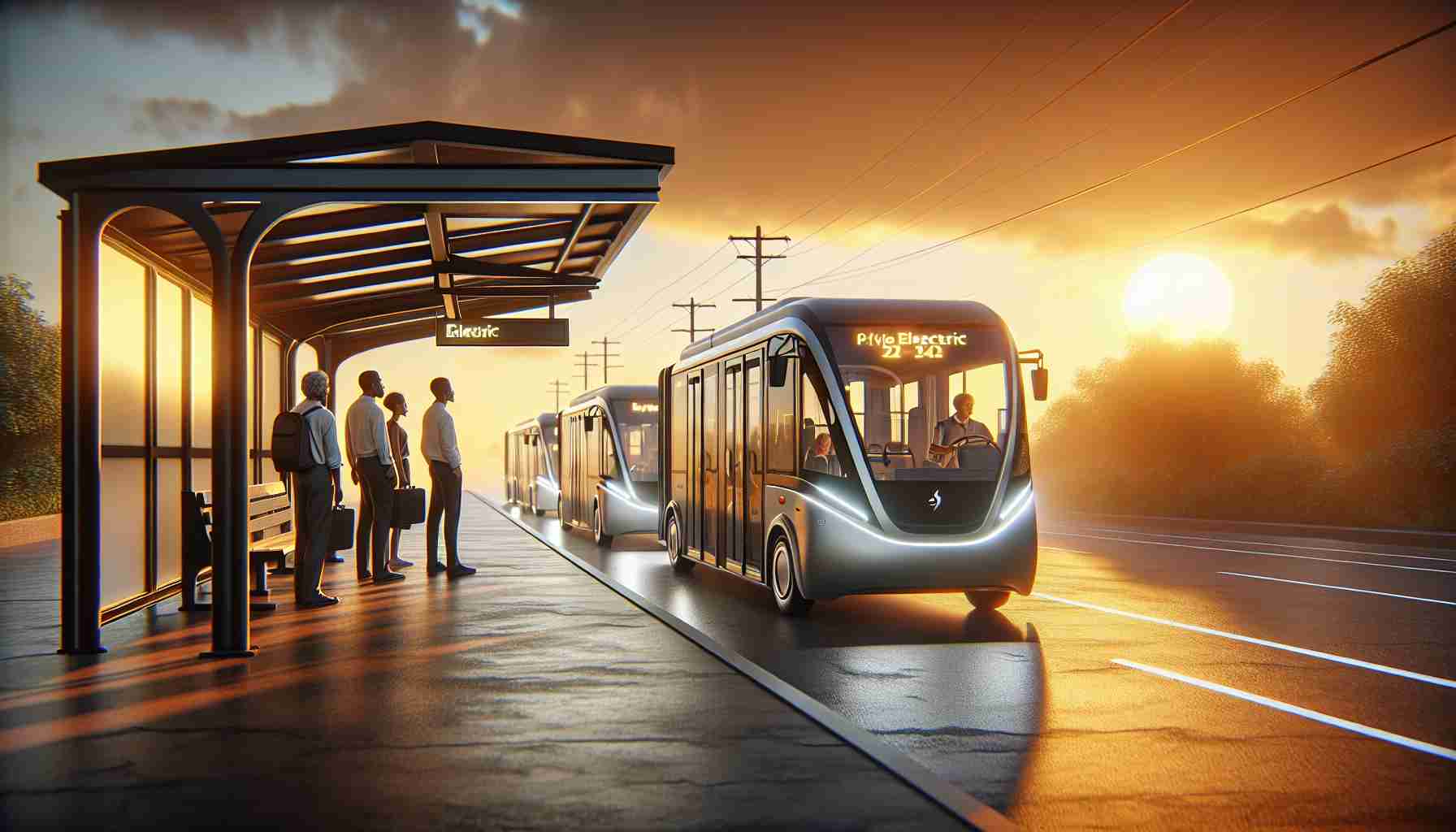The global market for electric buses is witnessing remarkable growth, fueled by a collective move towards eco-friendly transit options. Various stakeholders, from governmental bodies to private enterprises, are beginning to prioritize cleaner technologies as a means to address environmental concerns. The electric bus sector, valued at approximately USD 44.3 billion in 2022, is expected to skyrocket to USD 171.4 billion by 2032, marking an impressive annual growth rate of 14.6%.
This expansion underscores the crucial impact of electric buses in tackling greenhouse gas emissions. A significant driving force behind this growth is the escalating demand for vehicles that minimize the ecological footprint. Electric buses are increasingly recognized as effective tools for combating urban air pollution and reliance on fossil fuels.
Moreover, governmental strategies play an instrumental role. Policymakers are implementing favorable regulations and offering financial incentives, promoting electric bus usage through initiatives like infrastructure improvements and subsidies.
Despite these positives, a few challenges remain, notably the initial costs associated with acquiring electric buses and the necessary charging infrastructure, especially in less economically developed areas.
The electric bus market is segmented by vehicle type, end-user, and battery capacity. Battery Electric Buses remain the most popular due to their efficient operations and lower upkeep requirements. As this market evolves, investing in technological advancements and financing solutions will be essential for broader adoption.
Essential Tips, Life Hacks, and Fascinating Facts About Electric Buses
As the electric bus market expands significantly, understanding its dynamics can be beneficial for both consumers and policymakers alike. Here, we provide essential tips, life hacks, and interesting facts related to electric buses that you might find enlightening.
1. Understanding Electric Bus Types:
Electric buses generally fall into different categories based on their propulsion systems. The most common types are Battery Electric Buses (BEBs), which operate solely on electric power, and Hybrid Electric Buses (HEBs), which may use both electric and conventional fuel. Knowing these differences helps in advocating for the right solutions in your community’s transport system.
2. Utilizing Public Transport Amid Infrastructure Growth:
As cities expand their electric bus fleets, take advantage of the environmental benefits by using public transport more often. This reduces individual carbon footprints and supports the broader adoption of electric vehicles. Keep an eye on updates from your local transit authority for routes that feature electric bus service.
3. Advocacy for Incentives:
If you’re passionate about sustainable transit, consider advocating for local policies or programs that support electric bus adoption. Engage with city planners or attend public meetings to express support for funding allocated toward electric bus infrastructure and incentives for transit agencies.
4. The Role of Charging Infrastructure:
One crucial aspect of electric buses is their charging infrastructure. If you are in a position to influence local transport decisions, encourage the installation of charging stations in key transit areas, ensuring that electric buses are adequately supported and can operate efficiently.
5. Educational Resources:
Become informed about the benefits and operational aspects of electric buses. Websites such as Electrive provide a wealth of information on electric mobility news, technological advancements, and regulatory changes in the electric vehicle space.
6. Economic Considerations:
While the initial cost of electric buses can be high, public agencies can expect substantial savings over time due to lower maintenance costs and reduced fuel expenses. This transition can be crucial for city budgets, allowing funds to be redirected towards other essential services.
7. Environmental Impact:
Electric buses are crucial in cities aiming to reduce greenhouse gas emissions and combat air pollution. By promoting their use, you can contribute positively to public health and urban sustainability efforts.
Interesting Fact: Did you know that the electric bus market is anticipated to grow at an astonishing rate of 14.6% annually until 2032? This growth represents a significant shift in how we view public transit and its impact on the environment.
In conclusion, as the electric bus market thrives, it is essential for communities and individuals to actively engage with and advocate for sustainable transport solutions. By embracing these tips and understanding the implications of electric buses, you can play a meaningful role in shaping a more sustainable future. For more insights and updates in the electric vehicle sector, stay tuned to Electrive.
